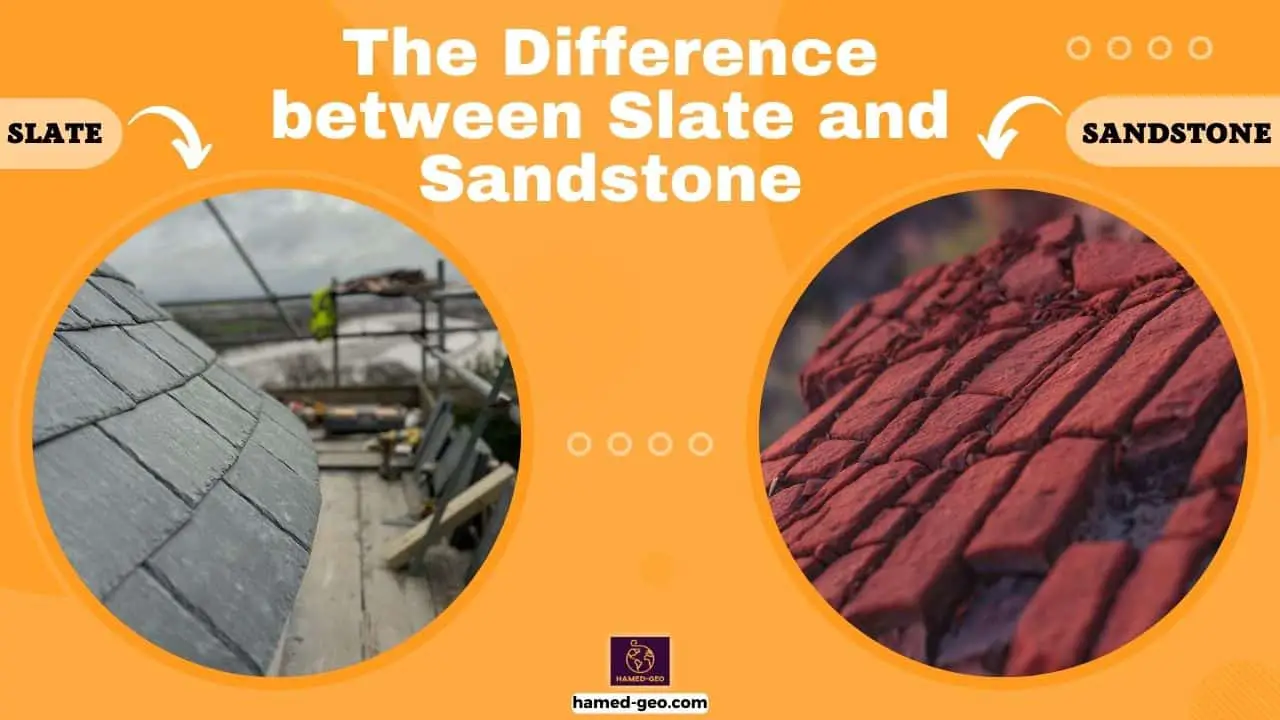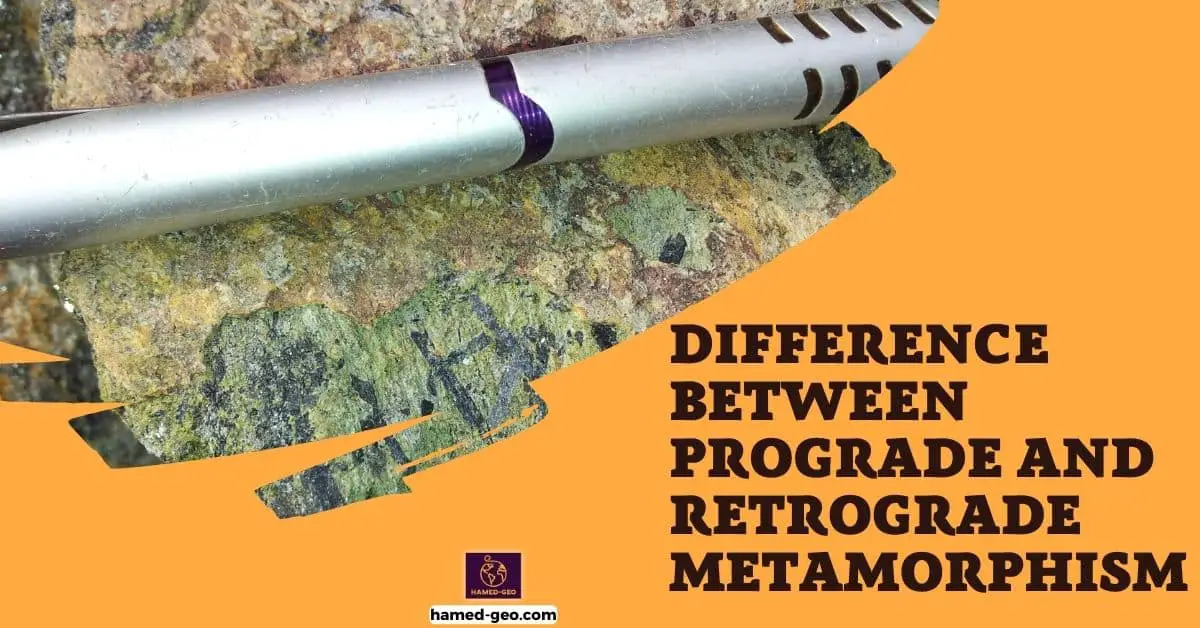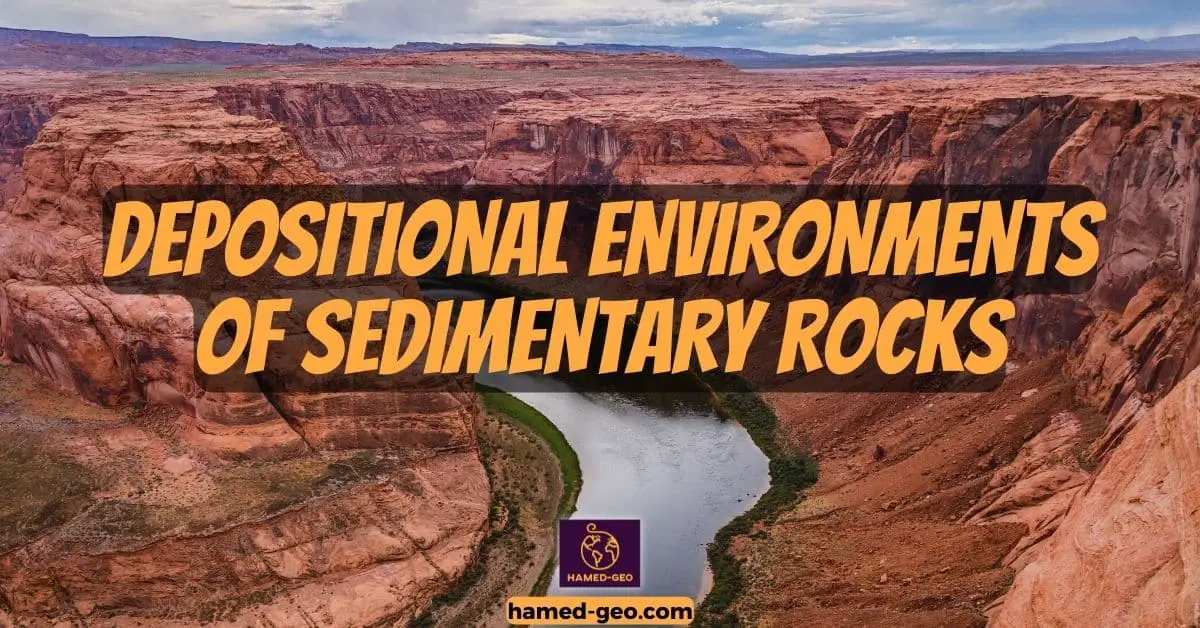Slate and sandstone are two popular types of natural stones used in various architectural and design applications. Despite their similar appearance and usage, these two stones have distinct characteristics that set them apart. In this blog post, we will explore the differences between slate and sandstone in terms of their formation, physical properties, appearance, and common uses.
Formation of Slate and Sandstone
The difference between slate and sandstone starts with their formation process.
Slate is formed from the compression of clay minerals such as illite, kaolinite, and smectite. As clay gets buried deeper under the Earth’s surface, the immense pressure and heat recrystallize the clay into a dense rock with a distinct layering or foliation. This foliation is indicative of the original plate-like clay layers as they are pressed and squished together. Slate tends to have a dark bluish-gray to black color due to its clay mineral composition. It is also typically much denser and less porous than sandstone since it was formed from clay, not loose sand particles.
Sandstone, on the other hand, is a clastic sedimentary rock primarily composed of sand-sized mineral particles, such as quartz and feldspar. These particles are cemented together by various minerals like silica, calcium carbonate, or iron oxides. Sandstone forms as a result of the accumulation, compaction, and cementation of sand grains over time, often in environments such as deserts, riverbanks, or coastal regions.
Physical Properties
Slate and sandstone differ significantly in their physical properties, which influence their durability, maintenance, and applications.
Physical Properties of Slate
Strength: Slate is a strong and durable stone with low porosity, making it resistant to water absorption and frost damage. The metamorphic process also results in a high degree of mineral alignment, giving slate its excellent cleavage and making it easy to split into thin, flat sheets.
Non-slip surface: Due to its fine-grained texture and natural cleft surface, slate is known for its slip-resistant properties. This makes it a popular choice for flooring, especially in wet areas such as bathrooms and pool decks.
Color variations: Slate is available in a range of colors, including black, gray, green, blue, and even red. The color variations are mainly due to the presence of different minerals and the degree of metamorphism.
Physical Properties of Sandstone
Strength: Sandstone is generally less strong and durable than slate, as it is more porous and susceptible to weathering, erosion, and staining. However, the strength of sandstone can vary depending on the type, with some varieties being more resistant to wear and tear.
Texture: Sandstone has a gritty texture due to the sand grains in its composition. This can provide a non-slip surface similar to slate, although it may be less suitable for high-traffic areas.
Color variations: Sandstone comes in a range of colors, including white, beige, brown, yellow, red, and gray. The color is determined by the mineral content, cementing material, and degree of oxidation.
Appearance
While both slate and sandstone have a natural, earthy appearance, their visual characteristics differ.
Slate: Slate’s layered structure gives it a unique, textured look, with distinct parallel lines and a natural cleft surface. The color variations in slate can be subtle or striking, depending on the specific stone.
Sandstone: Sandstone has a more uniform appearance, with visible sand grains and sometimes fossil imprints. The stone can have a matte, honed, or polished finish, and the colors tend to be more consistent than those of slate.
Common Uses of Slate
Slate and sandstone are both versatile materials with a variety of applications in construction and design.
1-Roofing: Due to its durability, water resistance, and ability to be split into thin sheets, slate has been a popular roofing material for centuries.
2-Flooring: Slate’s slip-resistant surface makes it an excellent choice for indoor and outdoor flooring, particularly in wet areas.
3-Landscaping: Slate is also used for walkways, patios, and garden features like fountains and benches.
Common Uses of Sandstone
1-Building façades: Sandstone’s visual appeal and versatility make it a popular choice for building exteriors, particularly in historic buildings and monuments.
2-Paving: Sandstone is often used for paving and landscaping applications, due to its attractive appearance and non-slip texture.
3-Interior design: Sandstone can be used for wall cladding, fireplace surrounds, and other interior design elements.
In conclusion, slate and sandstone are both sedimentary rocks with distinct properties, appearances and uses. While slate is a metamorphic rock known for its strength, durability, and slip-resistant surface, sandstone is a clastic sedimentary rock valued for its visual appeal and versatility. By understanding the differences between these two stones, you can make informed decisions when selecting materials for your next project.



